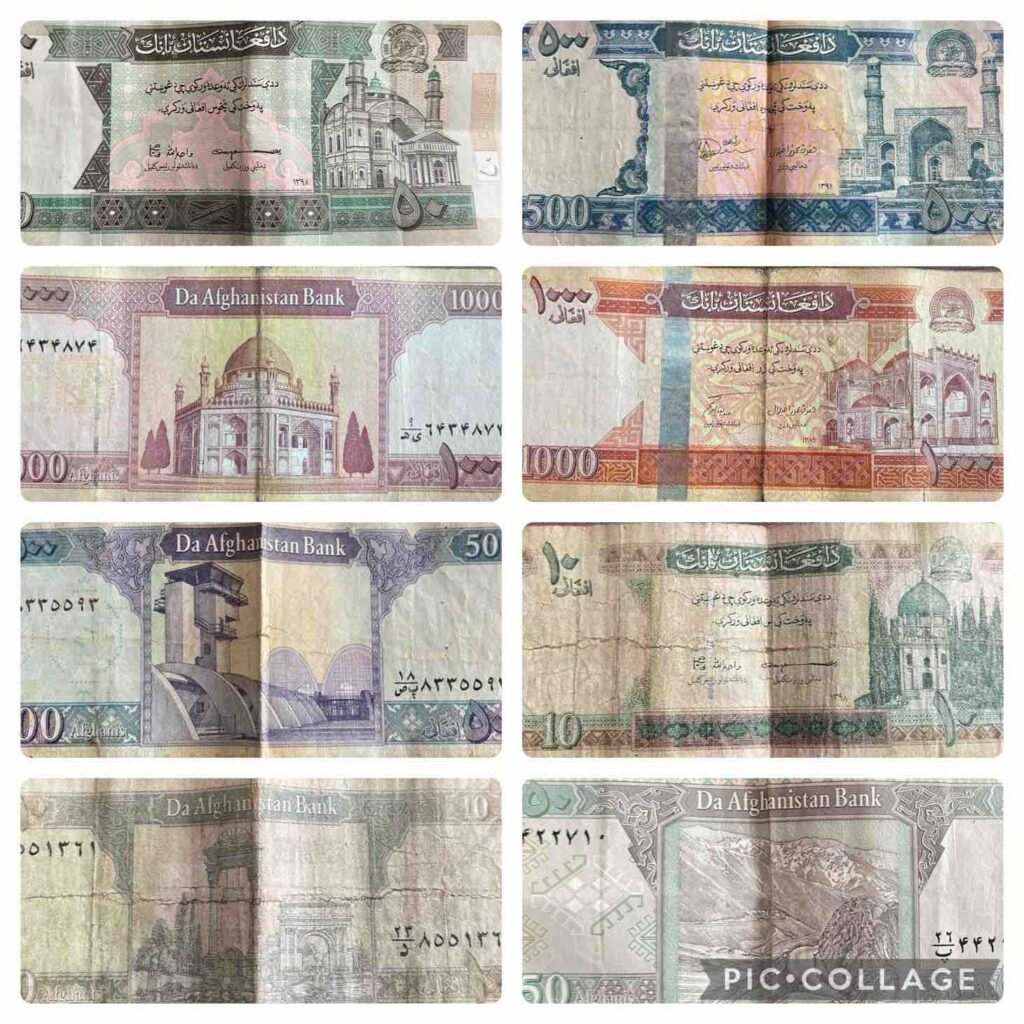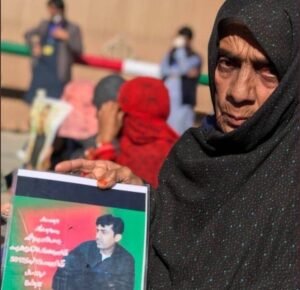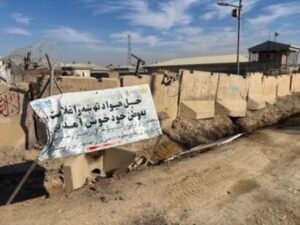Afghanistan’s Currency Stability: Realities and Illusions

Afghan currency called 'Afghani'
By Ilhamuddin Afghan
The trajectory of the Afghan currency has been a tale marked by challenges and fluctuations, prompting reflections on its underlying stability.
In 2002, the introduction of brand-new Afghani banknotes at an exchange rate of 50 AFN for every US dollar marked a promising beginning, but over time, a multitude of factors contributed to the currency’s fluctuating value in the stock market.
Insecurity emerged as a significant impediment to economic activities, dissuading businesspersons and investors from engaging in various regions. In border areas, the prevalence of Pakistani rupees and Iranian toman further complicated the circulation of the Afghani. Despite efforts by the former republic government to curb the use of foreign currency, the return of the Taliban in August 2021 witnessed a resurgence of currencies like the Pakistani rupee and Iranian toman in the market.
The ensuing period of Taliban rule initially saw a decline in Afghani’s value against foreign currencies, particularly the US dollar, but a noteworthy recovery that has unfolded over time raises concerns among economic experts who view it as artificial, lacking a robust foundation.
“International restrictions on Afghanistan’s economic, financial, and banking systems pose significant challenges. Constraints on sending dollars abroad impact the overall dynamics of currency flow. The lack of outward remittance, coupled with Taliban-imposed restrictions on commercial transactions, contributes to the current stability of the Afghani.” Abdulwafi Naibzai, an expert in economic affairs said.
Experts also highlight a decrease in imports as another factor influencing Afghani’s stability, limiting opportunities for traders to send dollars abroad. Stagnant factories, widespread layoffs, and a decrease in per capita income further compound the economic situation, resulting in low purchasing power and continued currency depreciation.
Inflation and deflation further complicate the economic landscape, reflecting challenges of increased money supply and decreased money value, as well as economic stagnation. Afghanistan grapples with both phenomena, resulting in limited income sources, idle factories, and struggling private institutions.
International aid
Amidst these challenges, international humanitarian aid emerges as a crucial lifeline, sustaining the value of the Afghani within the country. Donations in dollars are converted into Afghani for local transactions, addressing needs such as cash assistance, food and medicine purchases, and institutional employee salaries. The Bank of Afghanistan actively intervenes in the market by selling dollars to bolster the Afghani’s value.
Cash packages of humanitarian aid not only support the Afghani to preserve its value against major foreign currencies but also help prevent the total collapse of the banking sector and reduce the inflation rate.
According to a United Nations report, between August 2021 and April 2023, US$2.34 billion in cash aid was delivered to Afghanistan and deposited in UN accounts in private Afghan banks. After its conversion to Afghani at the central bank, UN agencies used the cash solely for humanitarian programs. As a result of this conversion, US$1 currently buys 73 Afghani which is lower than about 85 Afghanis under the republic government.
Cash packages also support the banking sector. After the Taliban takeover, bank branches were crowded with people attempting to withdraw their deposits. Banks were forced to deal with severe liquidity issues as a result. The crisis escalated with international sanctions and the US freeze on US$9 billion of reserves held by Afghanistan. The subsequent cash aid packages prevented the total collapse of the banking system.
Former Bank of Afghanistan official Khan Afzal Hadawal, in a media talk, asserts that the current stability of the Afghani is not genuine but rather artificial.
“This improvement did not result from advancements in Afghanistan’s production processes, which remained stagnant during the Taliban government’s rule,” he said.
Additionally, the printing of new Afghani banknotes contributes significantly to relative stability. Contracts with foreign companies for printing Afghanis were halted during the final years of the previous republic due to issues like COVID-19 and problems within the leadership of the Bank of Afghanistan. Consequently, the scarcity of Afghanis in the market, based on the economic principle of supply and demand, has contributed to an increase in their value.
In conclusion, the stability of the Afghan currency is a multifaceted interplay of economic, political, and global factors. While a semblance of stability has been achieved, concerns linger about its sustainability, with experts underscoring the imperative need for fundamental improvements in Afghanistan’s economic landscape.
Ilhamuddin Afghan is a university professor based in Afghanistan.
Note: The contents of the article are of sole responsibility of the author. Afghan Diaspora Network will not be responsible for any inaccurate or incorrect statement in the articles.








